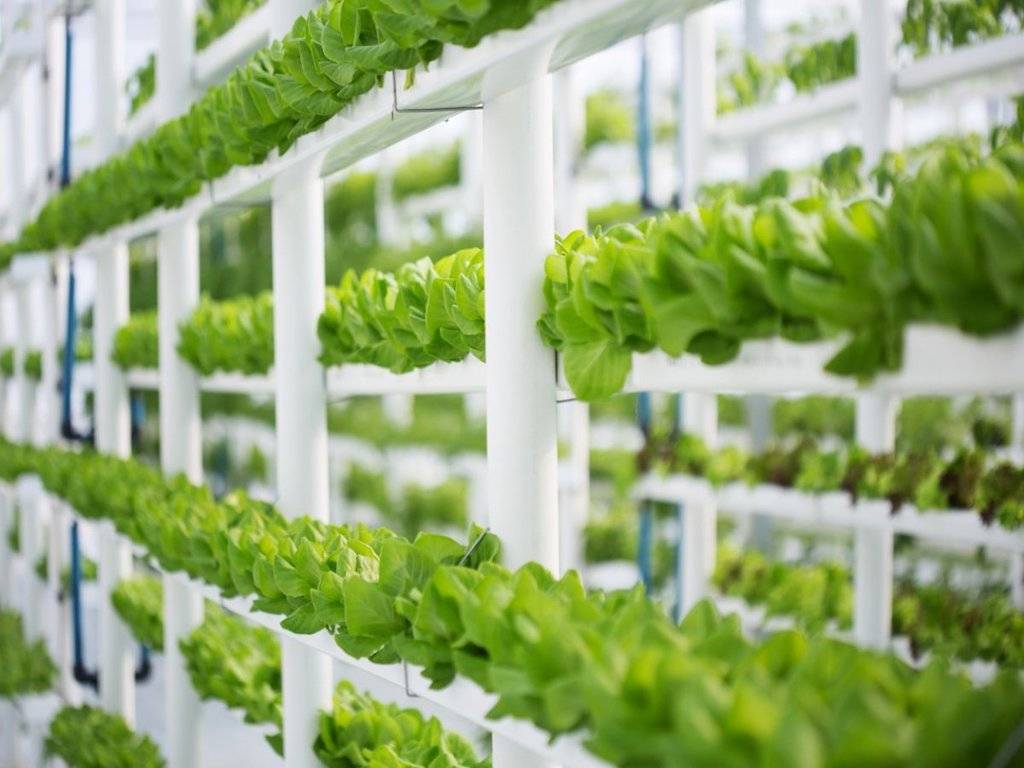
Vertical farming is the practice of producing food and medicine in vertically stacked layers, vertically inclined surfaces, and/or integrated into other structures such as in a skyscraper, used warehouse, or shipping container.
Have you ever thought of the most critical concerns that vertical farming can address, and in what ways? Keep reading the article for more information on agriculture issues and their solution through vertical Farming.
Water shortage
Agriculture accounts for 70% of worldwide yearly water usage, making it the most significant contributor to water shortage. Agricultural farmers consume more water than any other group combined, contributing to plenty of environmental and societal issues.
In comparison to traditional farming, vertical farming utilizes less than 5% of the water that traditional open-field agriculture does. It employs hydroponics, aquaponics, and aeroponics systems in which water flows in a closed-loop system to ensure that nothing is wasted.
Deforestation
All arable land on the planet has already been used for agriculture, and extending farming operations will be impossible unless forests are cut down to make more area for crops to grow horizontally. This produces a massive deforestation problem, which adds to the poor quality of the air we inhale.
Vertical farming, as the name implies, produces plants in vertical layers, conserving a significant amount of area. When compared to open field farming, some farms may produce 300 times more food from one square meter. Reduced space needs might put an end to deforestation activities. Furthermore, the recovered space might be utilized to rebuild previously destroyed forests.
Biodiversity Loss
Limiting forest areas also harms biodiversity. According to scientists, we are seeing the mass extinction of species in Earth's history. The primary cause is the destruction of their native habitats as a result of land conversion for agricultural uses. It's much worse for freshwater animals, whose numbers have decreased by more than 81 percent as a result of wetlands drainage, also for agricultural purposes, since 1970.
These natural ecosystems might be saved if vertical farming is used. The area spared from open-field agriculture might be utilized to restore and create new natural habitats for animals.
Soil Erosion and Desertification
Soil erosion is a major issue that is mostly caused by farming and open field agriculture. Some soils are unable to sustain the transition from natural vegetation to crops, resulting in topsoil erosion.
Desertification occurs when the soil dries out and becomes inhospitable or incapable of supporting crops. This type of soil is abundant in drylands.
Vertical farming does not contribute to soil erosion because it employs soil-less cultivation methods.
Access to fresh and healthy food
Food production will have to expand in tandem with population growth. To feed the growing world population, agricultural farming will need to boost output by 70% while losing land and resources at an alarming rate. Even with annual output increases, that seems to be unachievable.
Vertical farming, on the other hand, surpasses traditional agriculture in terms of production. It also democratizes access to fresh food for individuals living in food deserts or harsh climatic areas.
Increasing Need of Farmers
With the current rate of farming and the number of farmers required to manage crops, there would not be enough farmers to continue open-field farming in the coming years.
Vertical farming, on the other hand, appears to be more appealing to young people since it allows them to employ cutting-edge technology. People don't have to stay in rural regions to become farmers because it can be done everywhere. A similar project of a company (A S Agri and Aqua LLP) was inaugurated by Nitin Gadkari in Maharashtra recently, where Turmeric cultivation is done through vertical farming.










